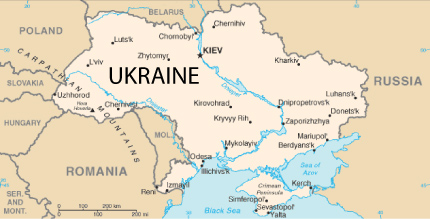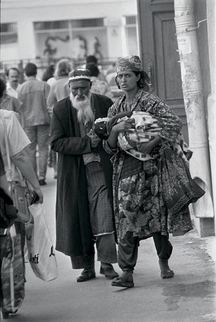|
Tajikistan
Although Tajikistan and Ukraine are both former members of the Soviet Union, they are culturally very different. For instance, their populations speak different languages. The people of Tajikistan are mostly Muslim and the people of Ukraine are mostly Christian. The traditions, customs, and even the clothing of the two groups are distinctly different. Many of those differences are the result of the physical location of the countries; Ukraine borders Europe, while Tajikistan borders China. This is one example of how physical regions can affect the development of cultural, economic, and political regions. The Kurdish Mountains are another good example of a physical region where the people have strong cultural ties. In earlier lessons we have looked at many aspects that can impact the development of regions. Physical features, including mountains, valleys, vegetation, rivers, lakes, and soil types can impact the development of cultural, economic, and political regions. Climate, weather, elevation, and latitude also play significant roles in the development of cultural, economic, and political regions. As you have learned, people adapt to their environment, and they also adapt the environment to meet their needs.  
|
About Us | Terms of Use | Contact Us | Partner with Us | Press Release | Sitemap | Disclaimer | Privacy Policy
©1999-2011 OpenLearningWorld . com - All Rights Reserved



